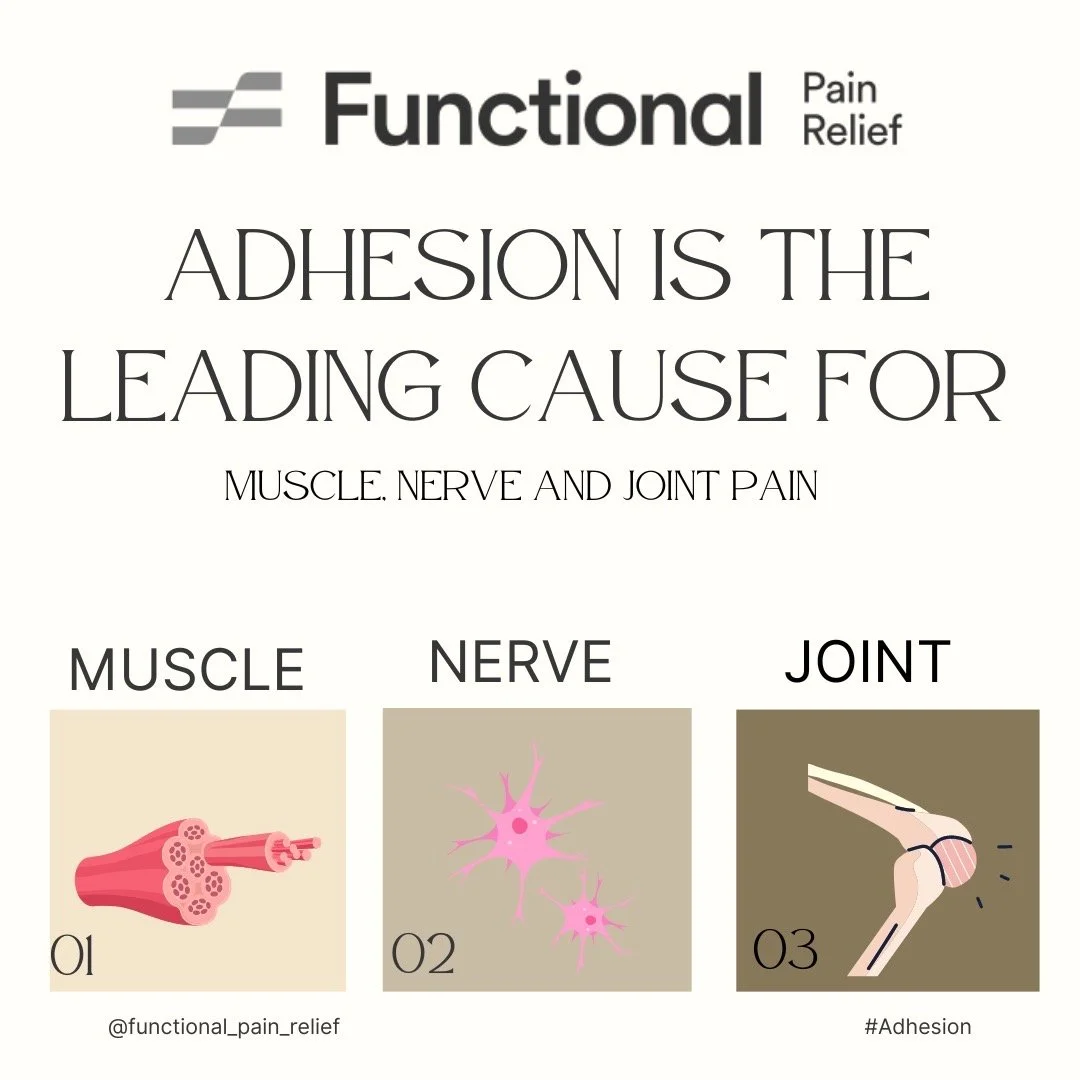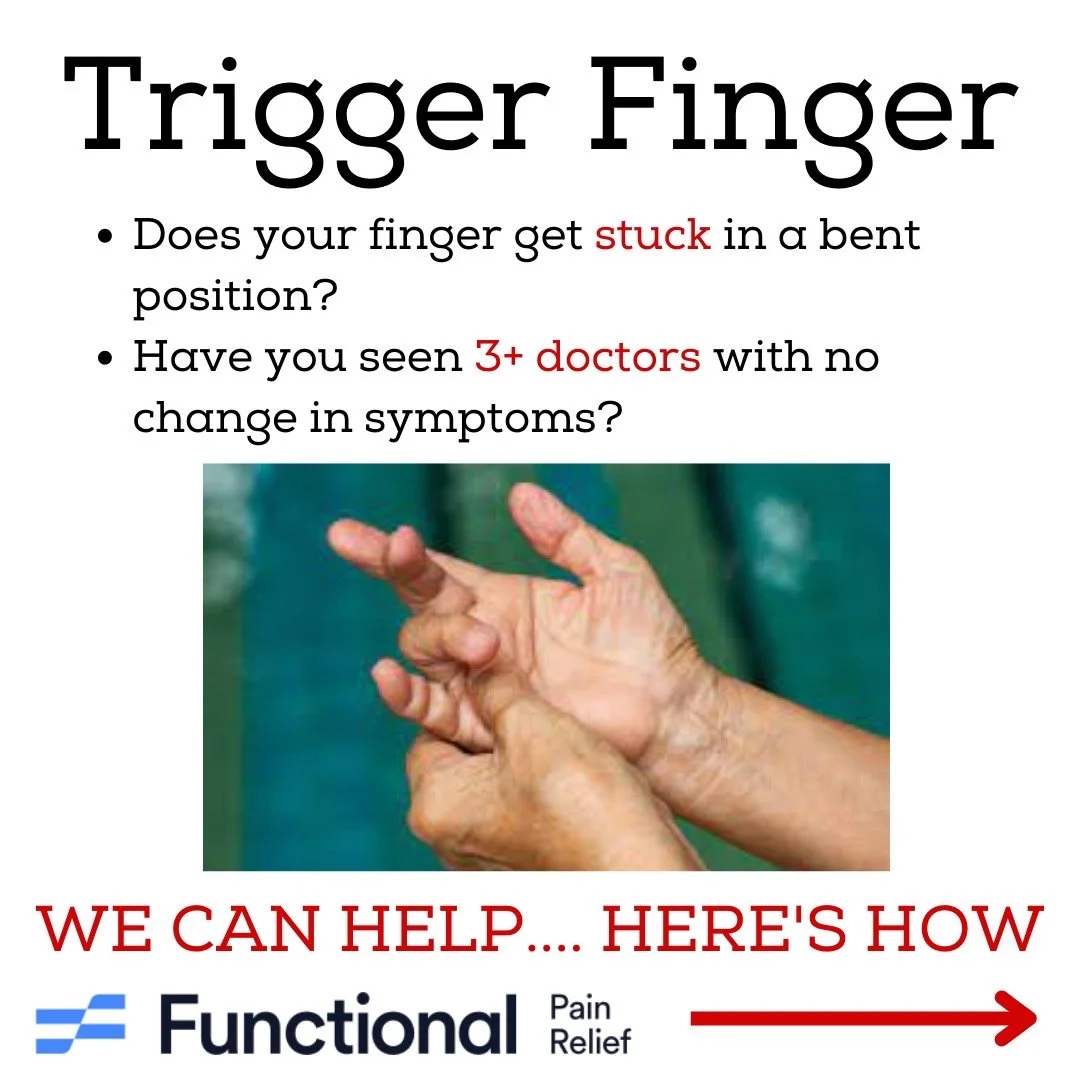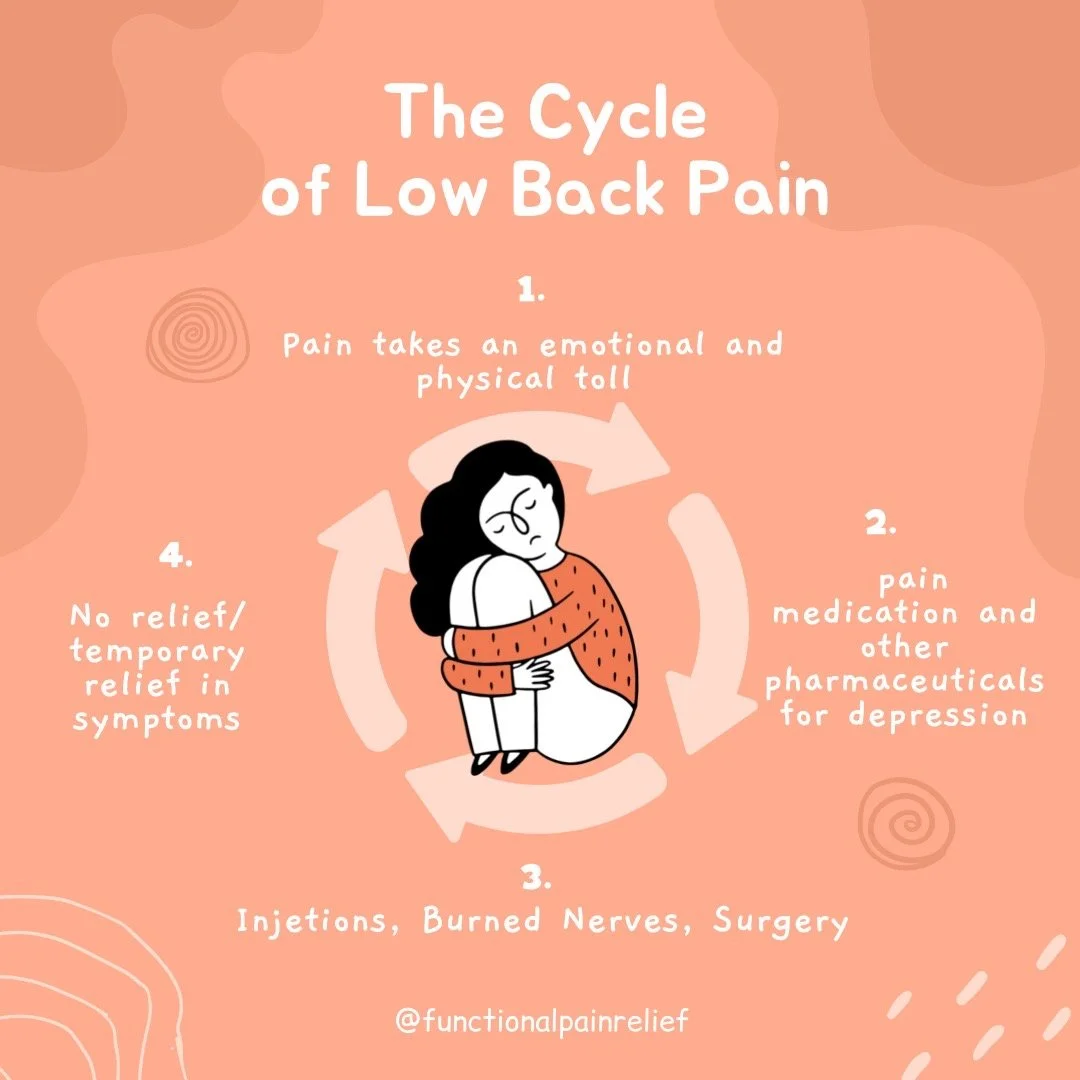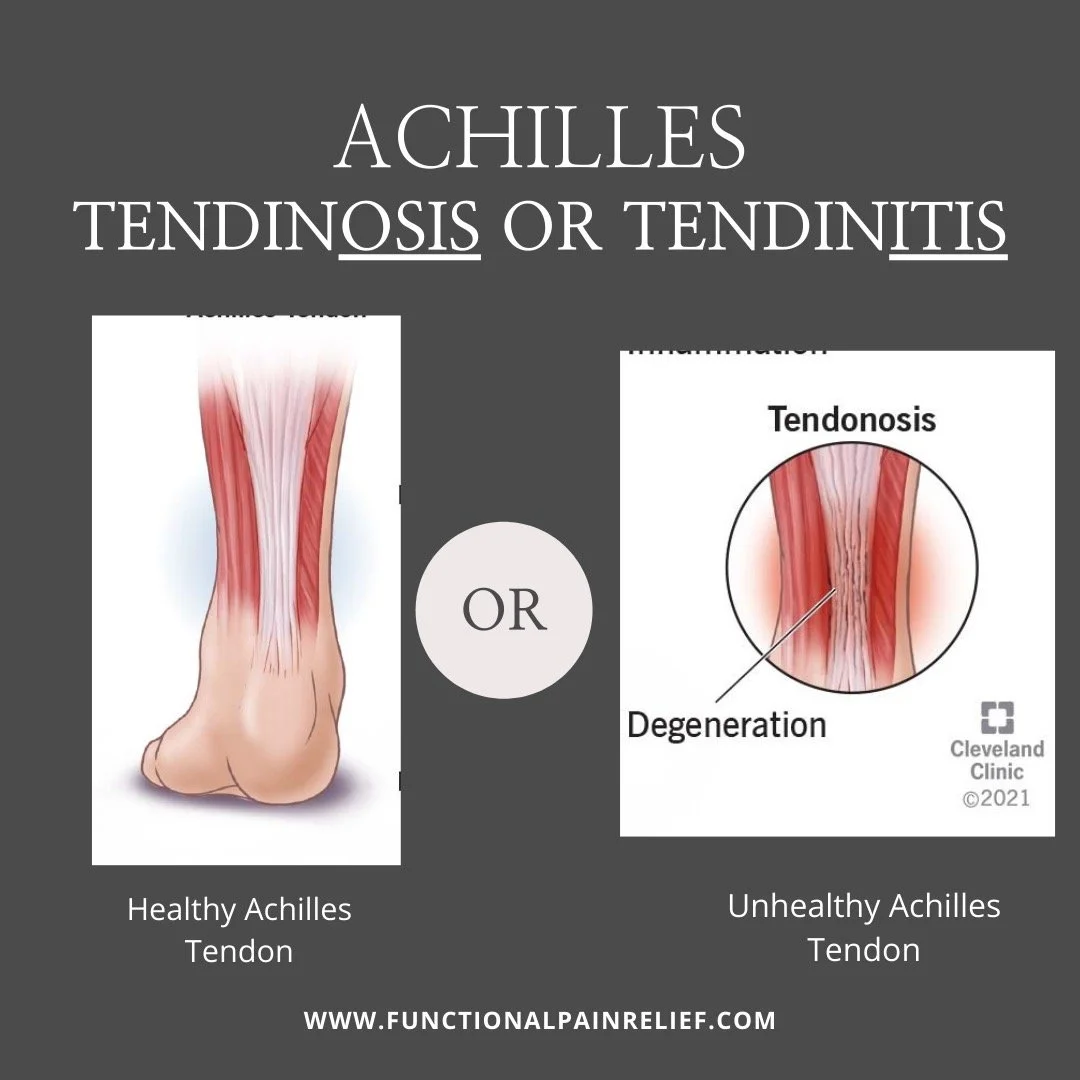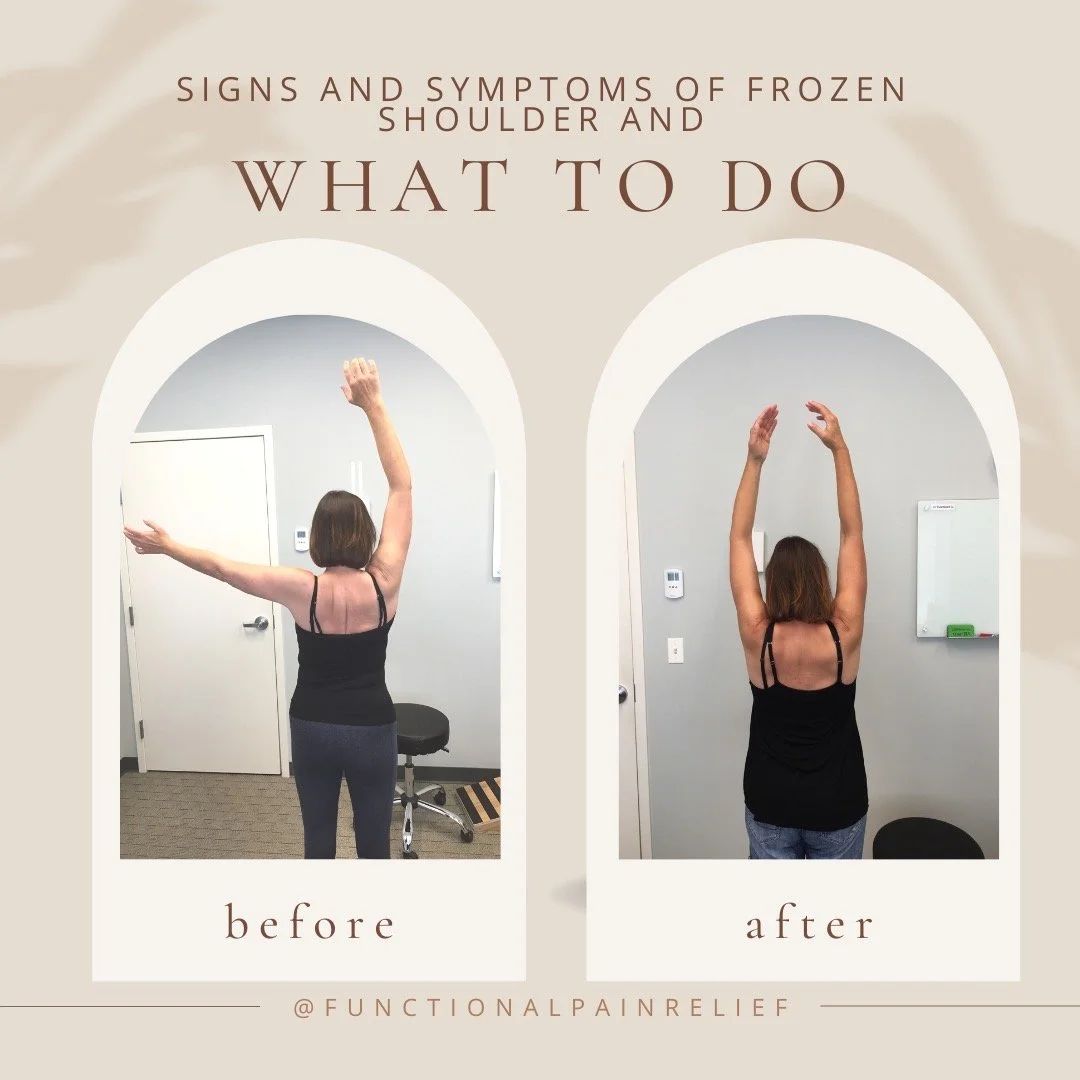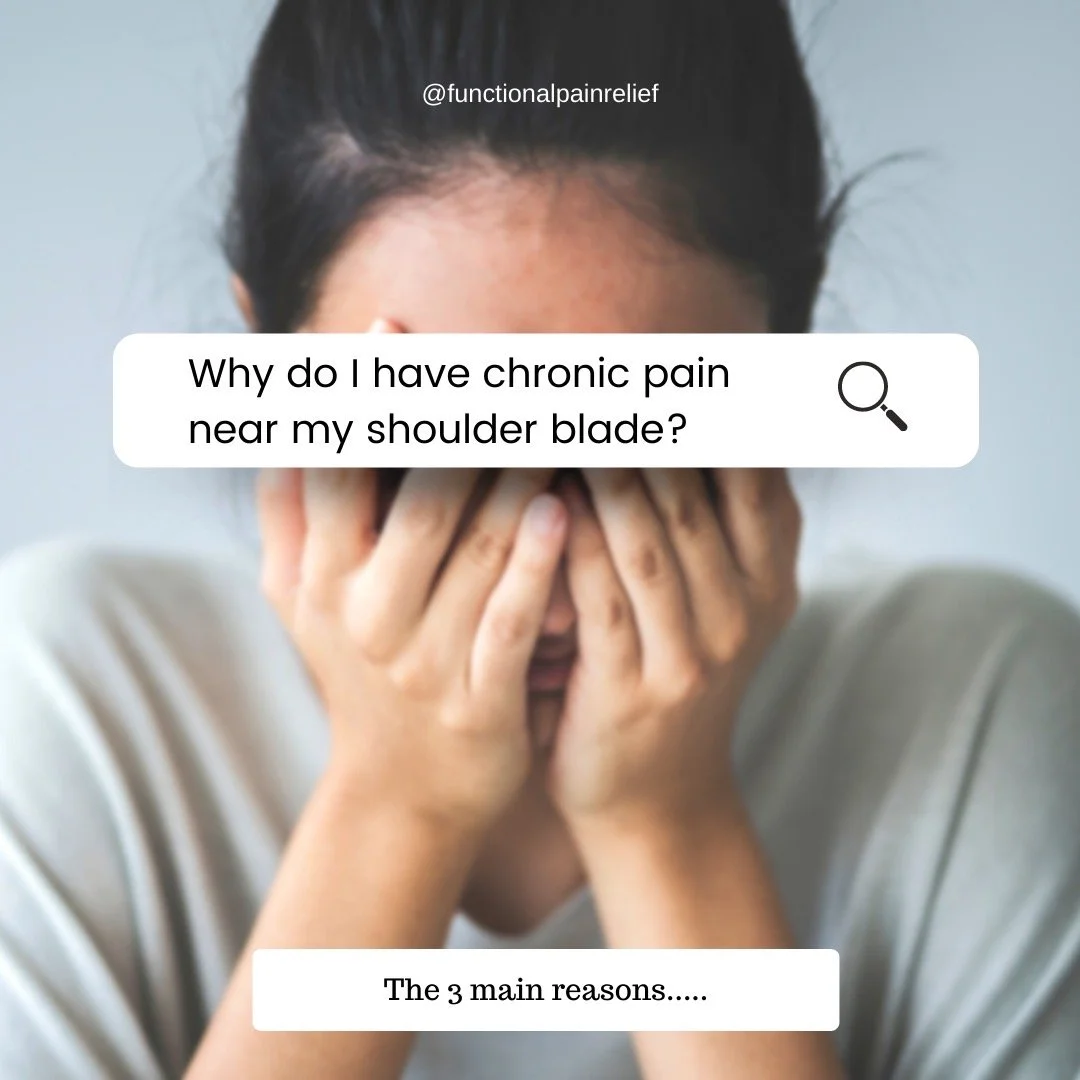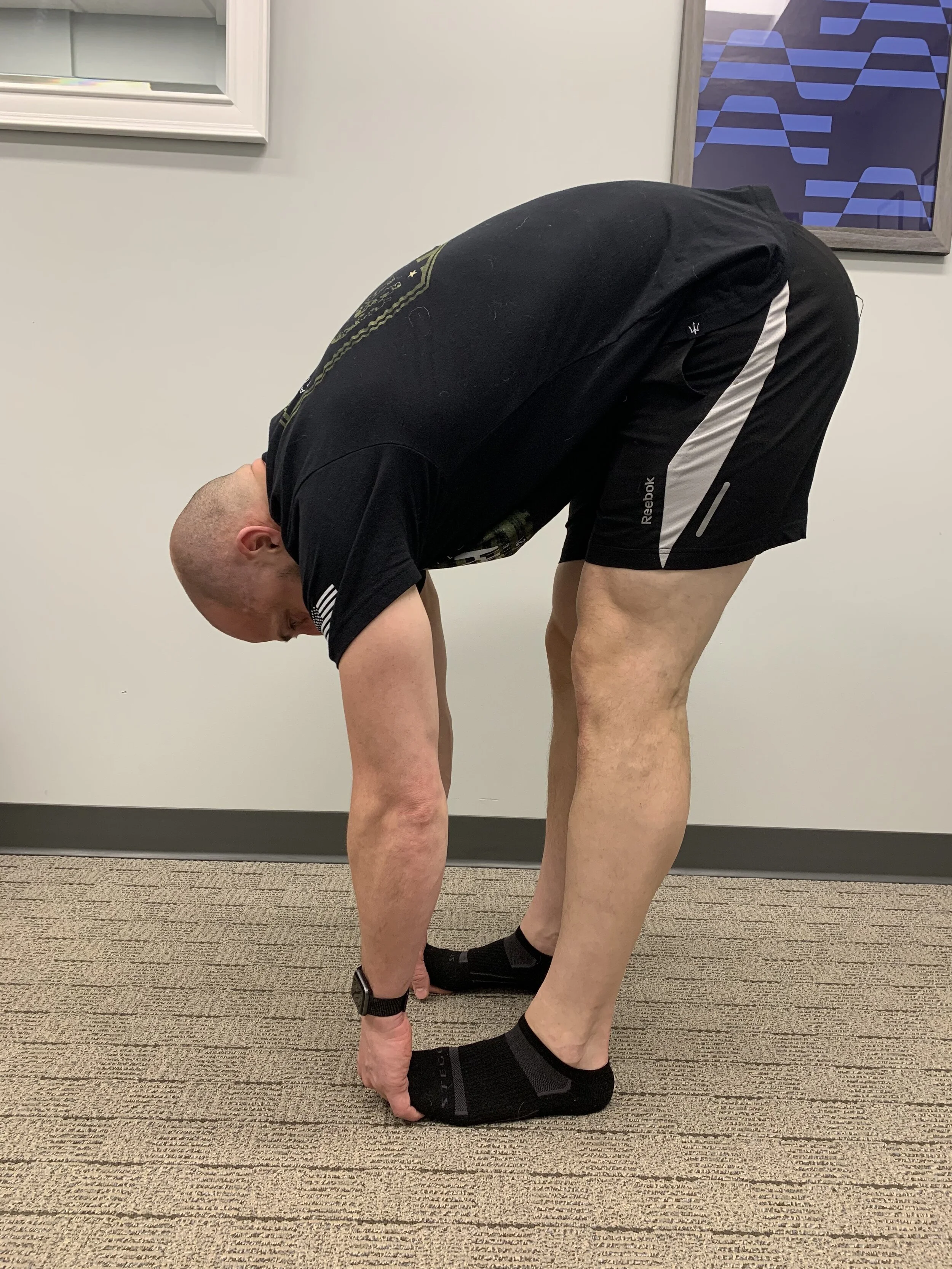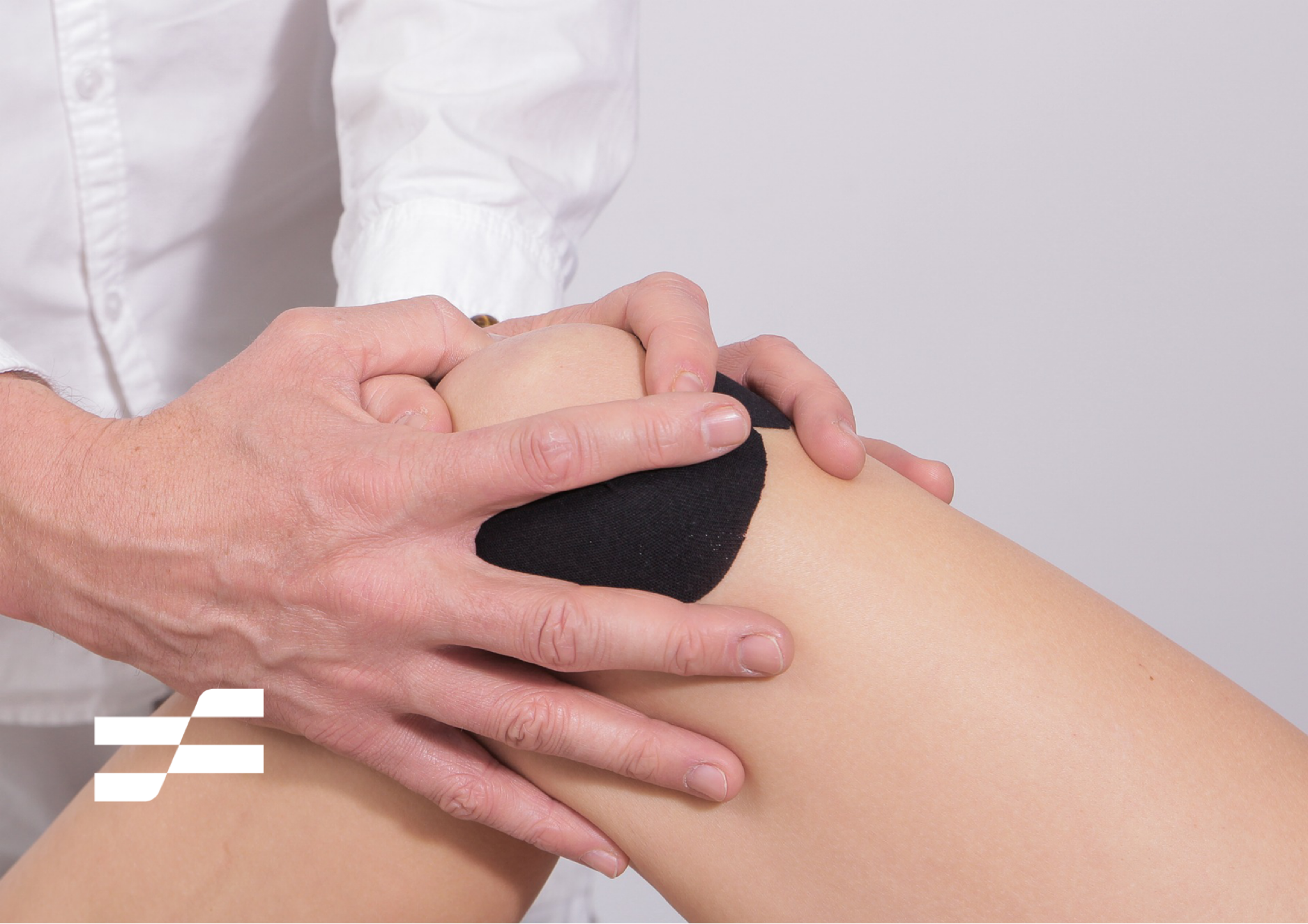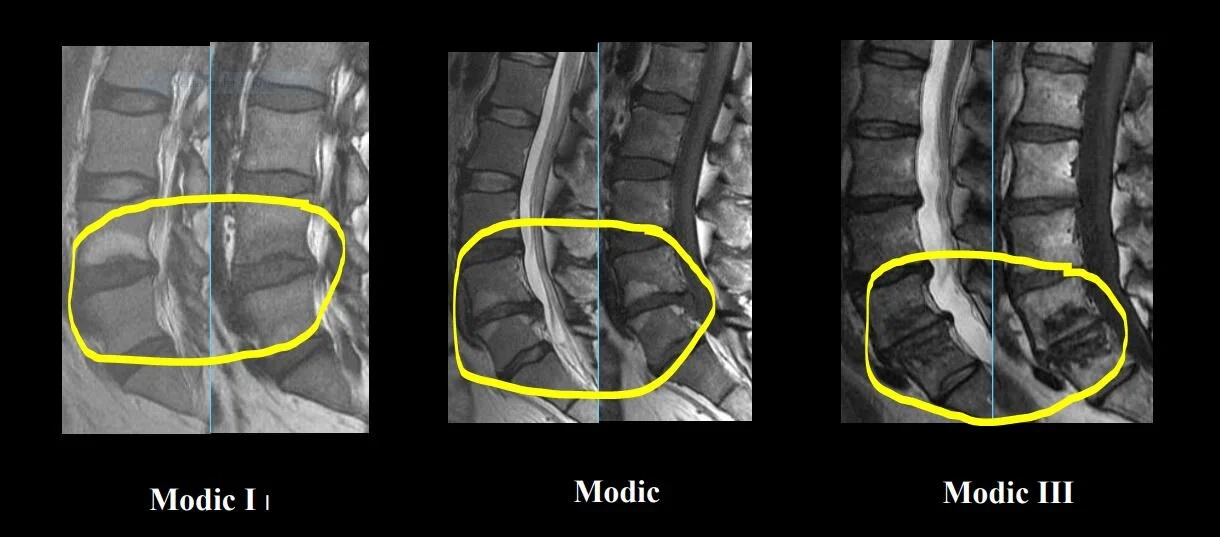Put simply, fibrous adhesion is a build up of disorganized, sticky connective tissue. We call it the "glue". It's arguably the most common reason for muscle, joint, nerve, and tendon pain.
Read MoreDo you have burning, tingling, aching, or numbness at the inside of your elbow? Does it radiate along the inside of your forearm and go to your pinky and maybe part of your ring finger? In some cases, the nerve may even snap across the medial epicondyle.
It sounds like you have cubital tunnel syndrome—a.k.a. ulnar nerve entrapment. Check out the full article to find out how we help.
Read MoreDo you have heel or arch pain when you first get out of bed? Does the pain diminish as you get moving but comes back every time you get up from resting? Have you had symptoms for longer than 6 months even after trying other treatments? Find out how you can finally get rid of your chronic plantar fasciitis.
Read MoreCarpal Tunnel Syndrome is the most common peripheral nerve condition. It involves the median nerve at the front of the forearm and/or at the wrist. CTS is the second leading cause of missed work.
Most doctors believe it’s only due to a compressed nerve, but an entraped nerve is more common. Entraped median nerve is when fibrous adhesions form around the nerve at locations along the forearm and wrist.
Read MoreDoes the inside of your elbow feel bruised to touch? Does it hurt with gripping activities? Does it warm-up gradually then worsen after exercise?
You have a common condition called medial epicondylitis—in layman’s terms golfer’s elbow.
Our new shockwave protocols work clinically better compared to other treatments for chronic golfer’s elbow.
Read MoreDo you have pain at the outside of your elbow? Does it hurt more when you press on it or grip wide objects? Is it more painful in your warm-up and after exercise? Is it painful and weak with gripping activities? It sounds like you have tennis elbow—or lateral epicondylitis. Find out what to expect from traditional treatments and what can be done better.
Read MoreMorton’s neuroma is a common nerve condition that occurs in the ball of the foot. It occurs more commonly in people that are on their feet the majority of the day or that enjoy walking/running. Wearing high heels frequently also increases the likelihood of this condition.
Find out common treatments and what works best to fix Morton’s neuroma.
Read MoreAs you can see from the chart, traditional trigger finger treatments can be risky and expensive. Our advanced, non-surgical shockwave treatment for trigger finger fixes the problem at it’s source—making your hand work again without pain!
Read MoreTrigger finger and what you need to know before you schedule surgery.
Read MoreIs low back surgery the right call?
There has been an alarming increase in the amount of new patients I’ve seen that have had low back surgery.
Even more concerning are the amount that have had multiple surgeries! Through the first 4 months of 2022 about 25% (8 out of 33) of our new patients fit one of those 2 categories.
That's 1 out of every 4 people that come to us for chronic low back pain!
Read MoreEveryone has heard of, and most people have experienced some type of tendinitis. The suffix, "-itis", refers to to inflammation. But it does not explain why the tendon is inflamed. We must dig deeper to find out the reason if the tendon pain is to be fixed permanently.
Read MoreIf you've ever had shoulder pain then you know how limiting it can make you feel. Daily tasks like getting dressed, brushing teeth and hair, and putting on coats can be very difficult. Sleeping comfortably becomes a chore. Jarring pain waking you up in the middle of the night is a regular occurrence. If that's not enough, sports and exercise that you once enjoyed are now a hazard.
Read MoreThe 3 most common reasons to have chronic pain near the inside of your shoulder pain are cervical disc injury, accessory nerve entrapment, and/or local adhesion on the muscles. Read more to find out why, how it occurs, and what you can do to fix it.
Read MoreHow can your foot pain be coming from your low back? There are nerves in your low back that create the sciatic nerve. The sciatic nerve branches and continues all the way down to the foot. Irritation or compression to the nerve anywhere along that path will create pain. If the nerves get compressed long enough the pain will eventually travel all the way down to the foot.
Read MoreYou’ll be sore anytime you start something new, so expect that. That should last 24-48 hours. Anything longer than that you've done too much. Next workout scale it back about 25%.
Outside of general soreness, your exercise shouldn’t create pain. This can be sharp pain in your hip with squats, elbow pain with pullups, shoulder pain with pushups, etc.
Read MoreWhat if I told you there is a way to test and see if you are running yourself into an injury.
Read MoreI cannot stress the importance of longevity--and a major part of longevity is being strong, flexible, and capable. I'm not talking about dunking a basketball, deadlifting 500 pounds, or curling into a pretzel. It's as simple as maintaining the capacity into your 80's to be able to take the stairs, lift up your great-grandchildren, squat down to tie your shoes, or climb a ladder.
Read MoreBe an advocate for yourself and your future health. If you decide to see someone for your pain, ask questions where you feel uneasy or uncertain. It’s ok to question a provider if you don’t understand something or things aren’t making sense. Make sure they provide you with an accurate diagnosis and then explain how their treatment will affect the diagnosis. If they don’t provide you with a diagnosis, then ask them.
Read MoreWhat are Modic changes? Modic changes are inflammatory disruptions in the vertebrae (bones) of our spine. This is part of a process that happens after a disc has been damaged for a long time (6+ months). Imagine the discs in the low back to be like the soft, white of an Oreo and the vertebra (bone) to be the hard, black cookie. What happens with Modic changes is the disc will infiltrate the bone. The Oreo is cracked and the soft, white center is pushing through the cookie. This creates swelling, inflammation, and even fracturing in the bone.
Read MoreChronic pain has extensive layers and we often use the iceberg analogy to explain this to our patients. The pain one often feels is just visual part above water. What’s lurking below is often much more complex. By the time you step into a medical office to seek care your body has built up multiple layers of problems. Our bodies are amazing machines, and because of that we only tend to notice the primary problem. Imagine noticing every single ache, pain, or discomfort. You’d go crazy!
Read More
